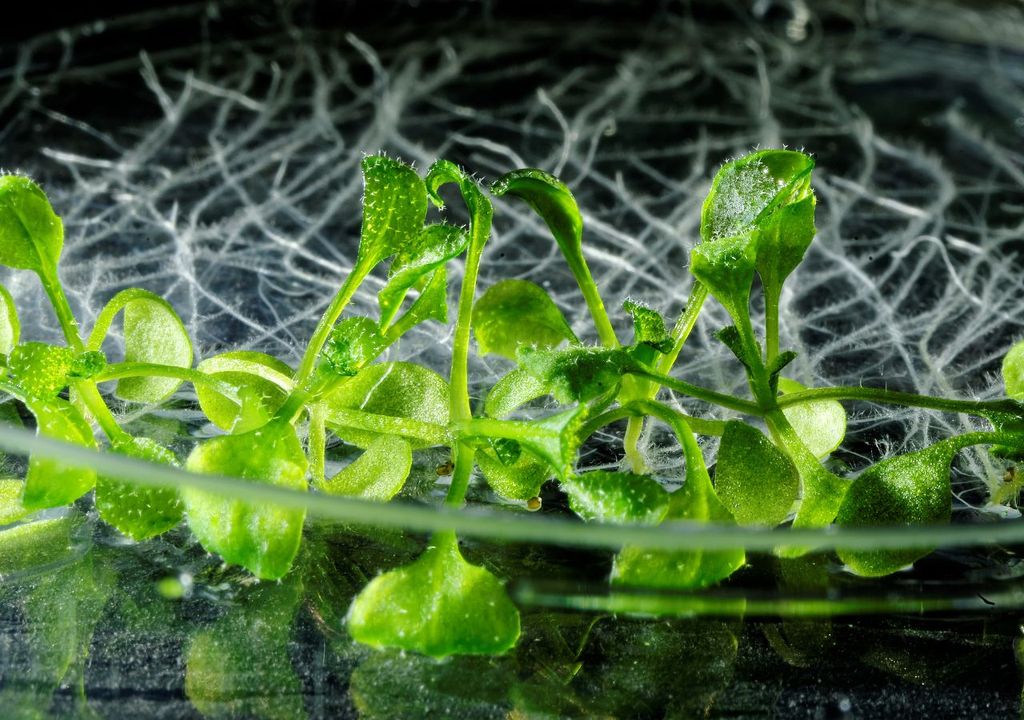So that appearances do not deceive There is much more to the wonderful world of plants than meets the eye.to. If we talk about “vision”, although plants do not have eyes in the sense in which we know them, they do have them. They have the ability to detect the source of light. But how do they do it?
This mystery was revealed by researchers from University of Lausanne (UNIL) and Federal Polytechnic School of Lausanne (EPFL) in Switzerland. The study found that plants have Light-sensitive tissues in their stems that use optical properties to direct their growth.
The plant “sees” thanks to the air channels
Unlike other living organisms, plants do not have a vision system similar to eyes. However, it is known to raise eyebrows Ability to determine the origin of a light source.
Sensing a light source is particularly important for plants, which use this information to determine the position of their organs as they grow, a phenomenon known as phototropism.
It turns out that Plants have something amazing in their stems called “air canals.”. These are the spaces between cells that facilitate not only the passage of air, but also… Limit the amount of light that passes through it They're like little curtains of light inside the plants!
The secret is in the optics
The research used a famous plant model in plant biology known as Arabidopsis thaliana plantspecifically a mutant version featuring The stem is surprisingly transparent” said the lead researcher at A press release.
Christian Fankhauser, Director of the Center for Integrative Genomics at UNIL's Faculty of Biology and Medicine
these channels Increased light scatteringEspecially in hypocotyls – the part of the plant that grows from seeds – for seedlings. This has an impressive effect, Creating a light gradient is essential for an effective growth responseIt's like an indoor light show on every floor!
Water and air in appropriate proportions
As detailed in the study, photosensitive fabric is used Optical properties of the air-water interface To generate a light gradient that is “visible” to the plant.
The index of refraction is a measurement that describes how much light slows down as it passes through a material compared to its speed in a vacuum.
“Air and water have very different refractive indices. This causes light to scatter when it passes through the hypocotyl of a seedling. We have all observed this phenomenon while admiring a rainbow,” explained Martina Legris, co-author of the study.

Comparison between mutant and wild-type plants allowed the researchers to conclude that the composition of the internal tissues (water or air) is responsible for A mechanism that allows a plant to determine the direction of light.
Such studies provide new insight into How does plant biology work?presents us with a botanical spectacle with molecular mechanisms worthy of green and bright applause.
News reference:
Fankhauser C, Legris M. The aerial channels generate a directional light signal to regulate the phototropism of the hypocotyl. Science (2023)





